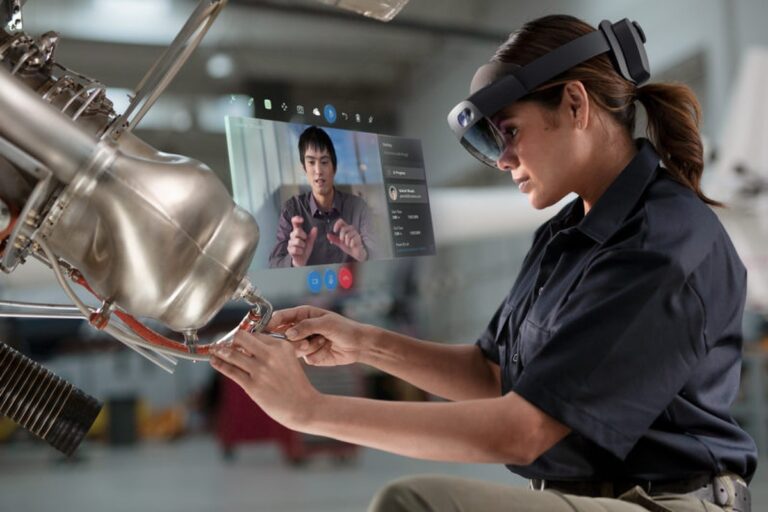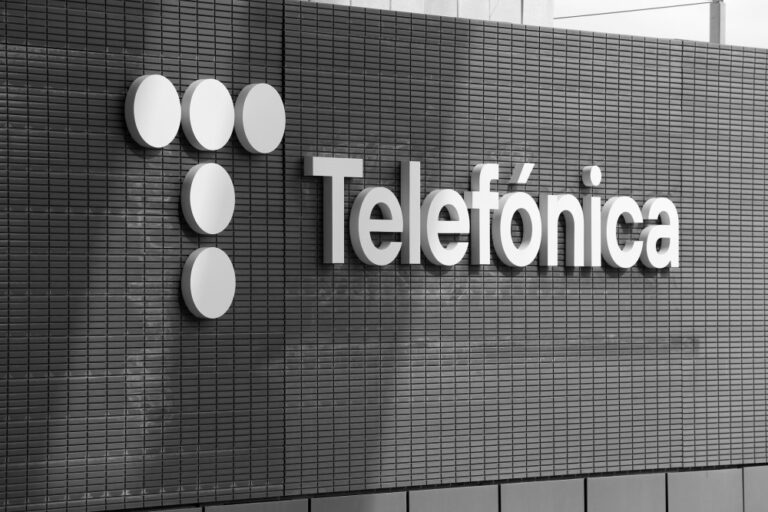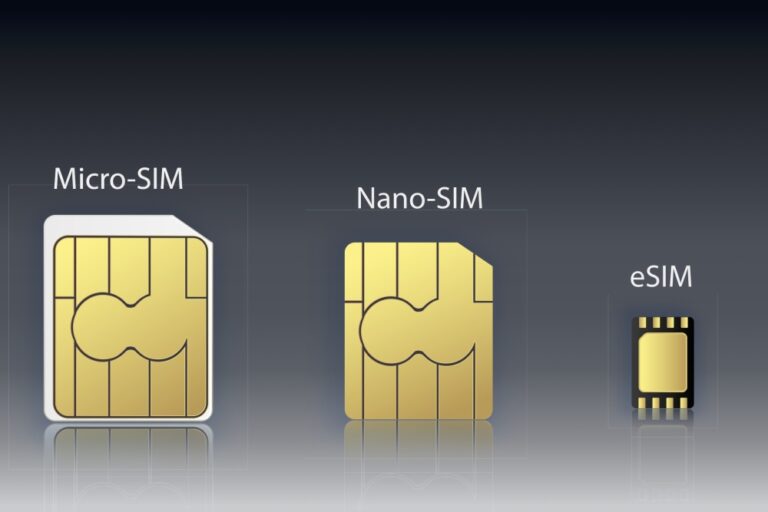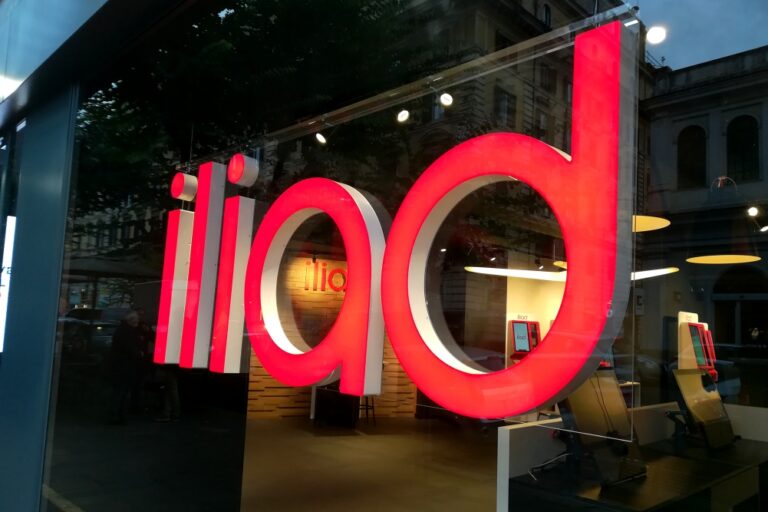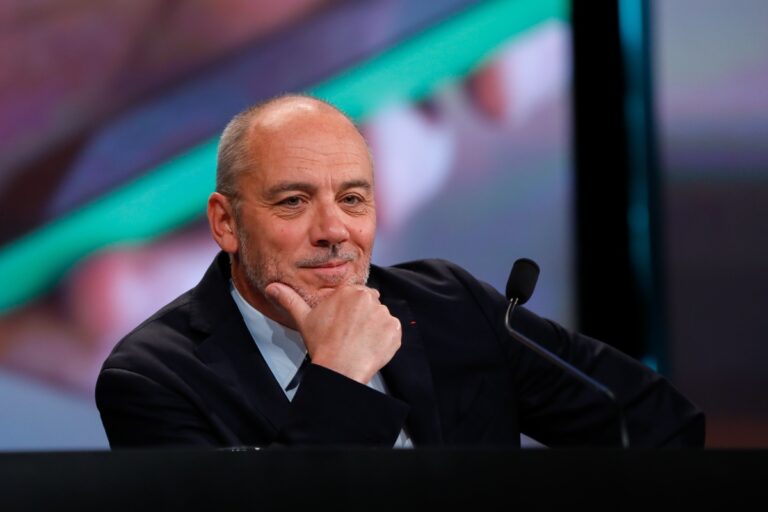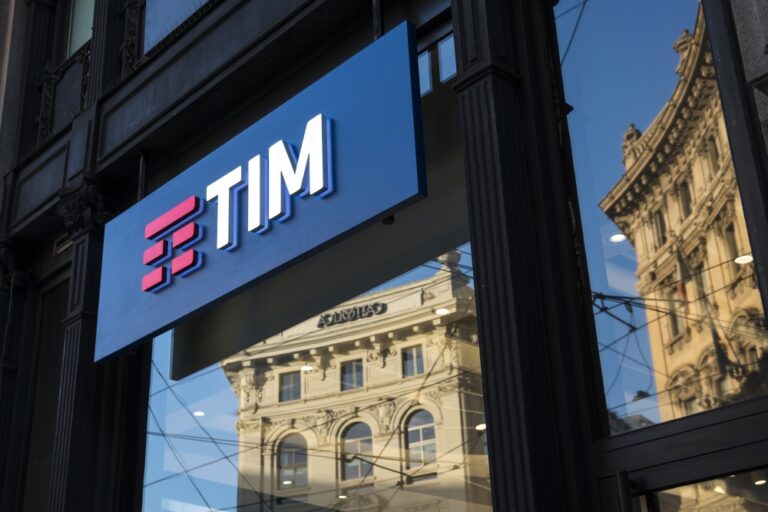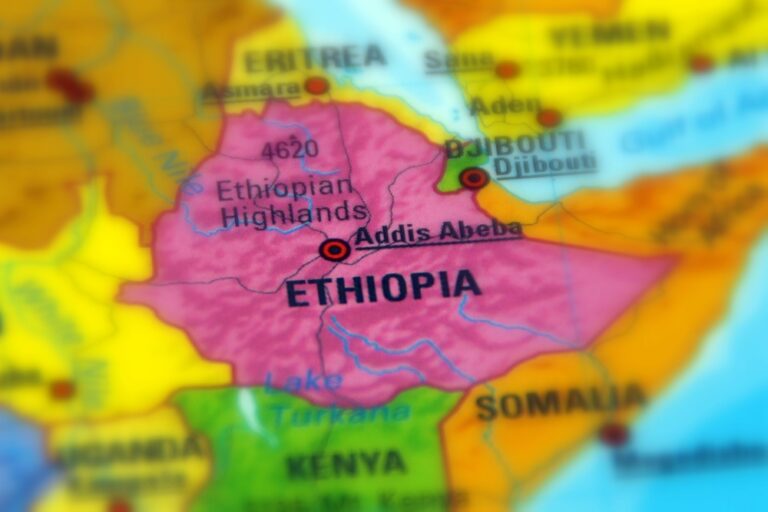Four projects involve edge computing, industry and robotic surgery
The French and German governments have announced joint support for four collaborative projects on private 5G networks, financed with €17.7 million. It follows a joint call for projects launched between May 20 and 1 September, 2021. The four winning projects will demonstrate the added value of 5G in sectors such as Industry 4.0, business areas and hospitals.
European Edge
The projects are named, respectively: 5G4BP which aims to create a ‘European’ style edge computing; 5G OR project will create a new generation of operating theatres; 5G Forum asks how robotic medical devices can integrate with 5G OR; and 5G-Opera builds a Franco-German type of private 5G.
Sovereign Franco-German ecosystem
There was a joint call for projects in May 2021. The four winning projects involved 14 French and 16 German organisations, which tended to be smaller and medium sized enterprises. The unifying objective is to demonstrate the added value of 5G in the context of different use cases, in industry, commerce and health.
“A sovereign Franco-German ecosystem on 5G and future network technologies will play a key role in positioning Europe to be at the forefront of innovation on these themes,” said French economy minister Bruno Le Maire.
German Federal Economics Minister Robert Habeck talked of taking ‘a big step towards a stronger digital sovereignty. “We not only want to introduce the latest mobile standards, but also participate in their development,” said Habeck.
Main players
The major players in the four projects are as follows: 5G-OPERA is about building an open ‘architecture’ by virtualising software and hardware functions. This will be the foundation to support the other three selected projects, so the work of these connectivity partners is vital.
The German developers are Fraunhofer IIS, Fraunhofer HHI, IABG, Smart Systems Hub, TU Berlin, TU Dresden and Xelera. The French collective comprises Alsatis, AW2S, CEA-Leti, Ekinops, Eurecom, Kalray, IRT b-co and NXP.
European-style edge computer
It’s not clear yet what a ‘European’ edge computing system will entail, since most business problems are universal. The use cases for hospitals will emerge as a result of the creative efforts of the partners involved, who are Highstreet Technologies and Xelera Technologies who are in both nations. French perspectives will come from 6Wind, Alsatis, AW2S and Spectronite.
5G OR and 5G Forum are related, with the former finding new ideas for operating theatres and the latter creating devices to work in that environment. Private, robotic and data-driven 5G networks will be about creating personalised minimally invasive procedures using video imaging.
The developments will be interoperable and deployed in hospitals in Berlin, Mannheim and Strasbourg. The partners include Mannheim Hospital, Berlin Charity Hospital, Fraunhofer IPA, Karl Storz, SectorCon IHU Strasbourg (FR), IRT b-com and RDS.
Robot surgeon, network slicing
On the medical device side 5G Forum intends to show how local 5G networks can be used to improve patient safety and create synergies between medical devices. Demonstrators at RWTH University of Aachen and Grenoble will show how robotic medical devices can be integrated over 5G in an operating room, which will be equipped with 5G-enhanced conferencing for remote assistance and training.
Partners include Aachen University, Surgitaix, Uniklinik Aachen, AMA, eCential Robotics and Haventure.


